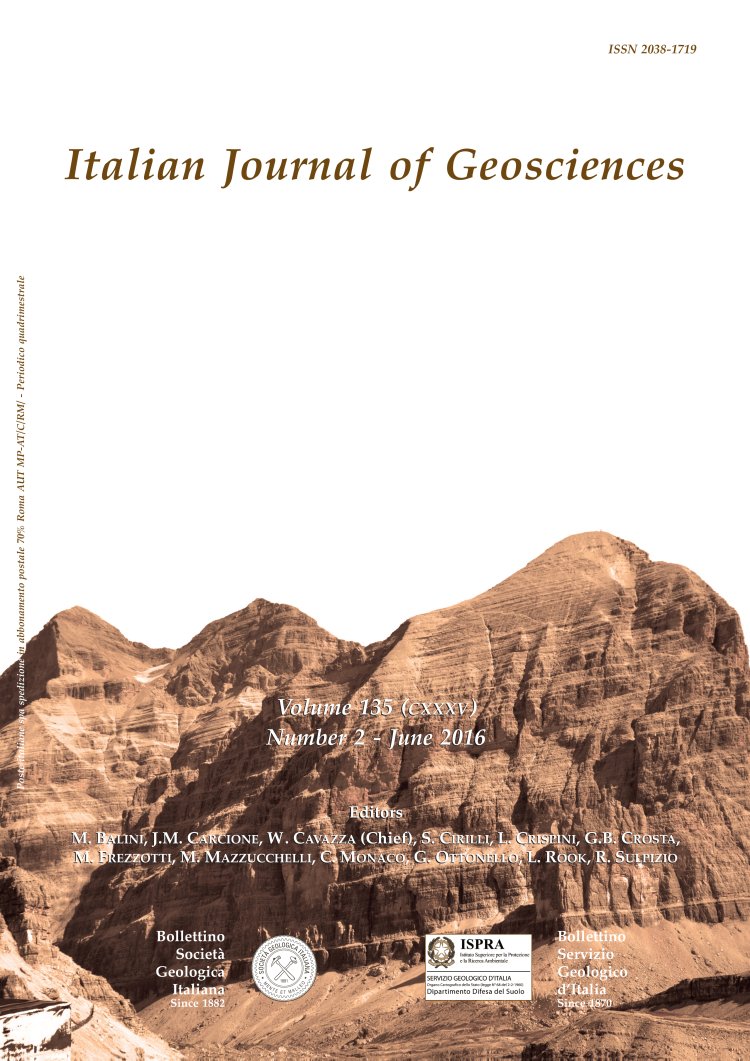
Risk assessment through evaluation of potentially toxic metals in the surface soils of the Qassim area, Central Saudi Arabia
Yousef Nazzal (*), Fares. M. Howari (***), Muhammad Kamran Jafri (**), Muhammad Naeem (**) & Habes Ghrefat (**)
(*) Department of Applied sciences and Mathematics, College of Arts and Sciences, Abu Dhabi University, Abu Dhabi, UAE. Corresponding author e-mail: yousef.nazal@gmail.com
(**) Department of Geology and Geophysics, King Saud University, PO Box 2455, Riyadh 11451, Saudi Arabia.
(***) College of Sustainability and Human Sciences, Zayed University; Abu Dhabi, United Arab Emirates.
Volume: 135 (2016) f.2
Pages: 210-216
Abstract
Metal pollution is an increasing environmental problem worldwide, especially in regions undergoing rapid development. The present work highlights the extent of metal pollution in the central part of Saudi Arabia, which is currently experiencing significant agricultural development. The study determined concentrations of Hg, Cd, Zn, As, Mo, Cu, Pb and Cr in surface soils, assessing the level of pollution and potential ecological risks using soil quality guidelines, the geo-accumulation index (Igeo), the Hakason potential ecological risk index (RI) and standard statistical analysis methods. Overall, the mean potential ecological risk values of metals in the surveyed soils display the following decreasing trend: Hg>Cd>Pb>As>Cu>Zn>Mo>Cr.
The potential ecological risks associated with the eight investigated metals in the study area were high for Hg and Cd, and ranged from considerable too low for the rest of the analysed metals. The results also showed that surface soils in the study area are heavily affected by agricultural activities, municipal waste, local industries and quarries.
These anthropogenic activities may, therefore, pose a risk to soil and water resources, and have the potential to change the physiochemical characteristics of the associated ecosystem.
The potential ecological risks associated with the eight investigated metals in the study area were high for Hg and Cd, and ranged from considerable too low for the rest of the analysed metals. The results also showed that surface soils in the study area are heavily affected by agricultural activities, municipal waste, local industries and quarries.
These anthropogenic activities may, therefore, pose a risk to soil and water resources, and have the potential to change the physiochemical characteristics of the associated ecosystem.
Keywords
Get Full Text